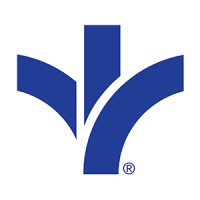
Bon Secours
Bon Secours Health System, Inc. based in Marriottsville, Maryland, is a $3.2 billion dollar not-for-profit Catholic health system that owns, manages or joint ventures 18 acute care, 5 long term care, 4 assisted living, 6 retirement communities/senior housing, 14 home care and hospice services, and other facilities, primarily on the East Coast. Bon Secours Health System consists of more than 24,000 caregivers helping people in seven states. Its vision is to be a prophetic Catholic health ministry partnering with communities to create a more humane world, build health and social justice and provide exceptional value for those served.






